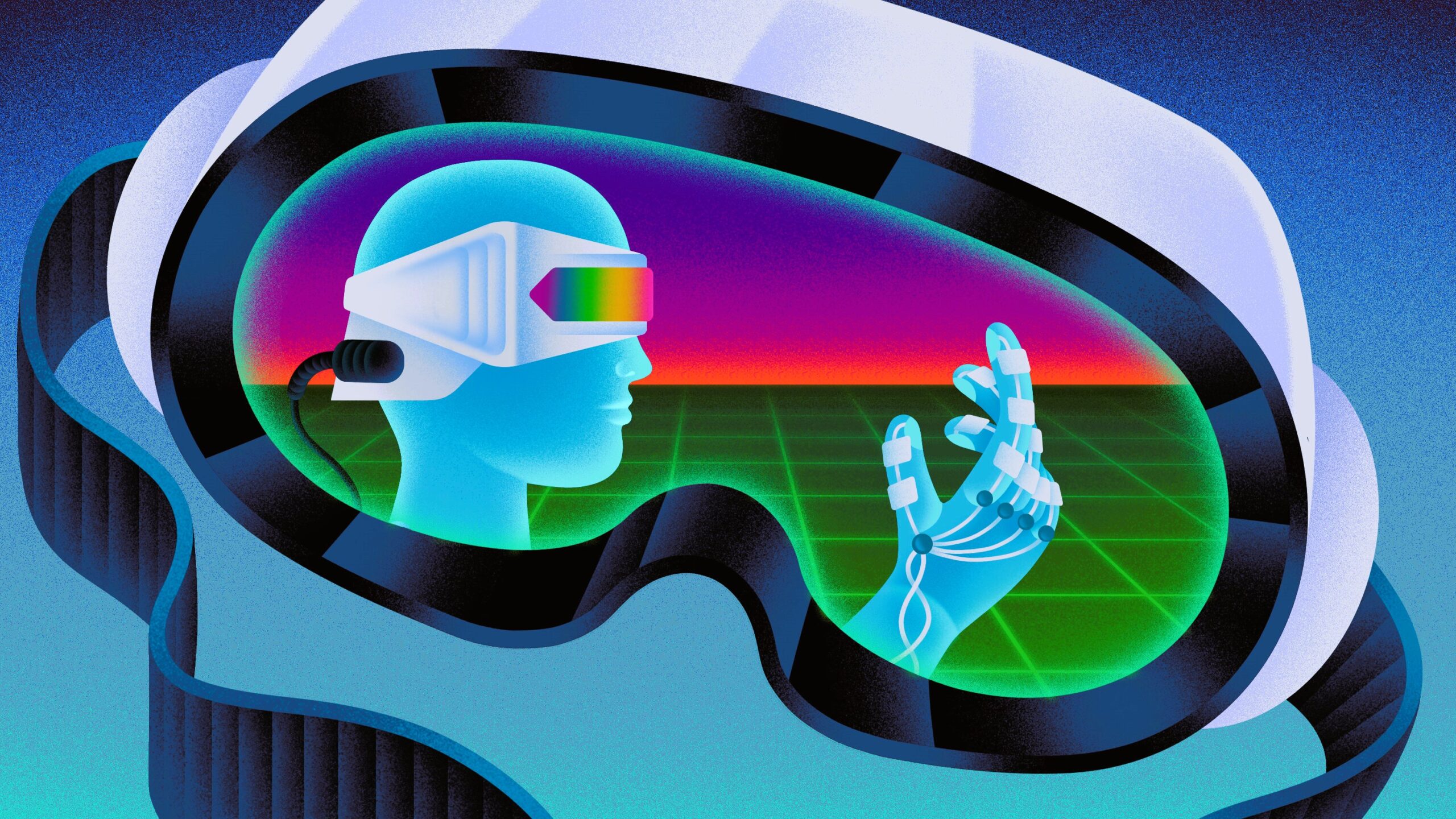In recent years, virtual reality (VR) technology has emerged as a transformative force in the media industry, offering immersive experiences that redefine how Australians consume content. From gaming and entertainment to education and journalism, VR has the potential to revolutionize the way Australians engage with media. In this article, we explore the impact of virtual reality on Australian media consumption habits and how it is shaping the future of entertainment and information dissemination.
Understanding Virtual Reality
Virtual reality is a simulated experience that can replicate real-world environments or create entirely new ones. By wearing a VR headset, users are transported into a three-dimensional, computer-generated environment where they can interact with digital objects and experience sensory immersion. This technology has applications across various industries, including gaming, healthcare, tourism, and, of course, media and entertainment.
The Rise of Virtual Reality in Australia

In Australia, virtual reality has gained significant traction in recent years, driven by advancements in technology, increasing consumer adoption, and a growing demand for immersive experiences. From theme park attractions and VR arcades to home entertainment systems and educational programs, Australians are embracing VR technology across diverse applications.
Impact on Media Consumption Habits
Virtual reality is revolutionizing Australian media consumption habits in several ways:
- Immersive Entertainment: Virtual reality offers a new level of immersion and interactivity in entertainment experiences. Australians can now step into the world of their favorite movies, TV shows, and video games, experiencing them in a way that was previously unimaginable. This immersive entertainment has the potential to captivate audiences and redefine storytelling in the digital age.
- Enhanced Learning: Virtual reality has the power to transform education by providing immersive learning experiences that engage students and enhance retention. In Australia, educational institutions are increasingly integrating VR technology into their curriculum, allowing students to explore historical landmarks, conduct virtual science experiments, and even visit distant planets without leaving the classroom.
- Innovative Journalism: Virtual reality is also changing the way news is reported and consumed in Australia. Media organizations are leveraging VR technology to create immersive documentaries and news stories that transport viewers to the heart of the action. By providing a more visceral and immersive experience, VR journalism has the potential to increase empathy and understanding of complex issues.
- Virtual Tourism: With international travel restrictions in place due to the COVID-19 pandemic, virtual reality offers a compelling alternative for Australians who are unable to explore the world in person. VR travel experiences allow users to visit iconic destinations, explore cultural landmarks, and embark on virtual adventures from the comfort of their homes. Read about Ethical issues related to data privacy in our article.
Challenges and Opportunities
While virtual reality presents exciting opportunities for Australian media consumption, it also poses challenges that need to be addressed:
- Accessibility: VR technology can be expensive and requires specialized hardware, which may limit access for some Australians, particularly those from disadvantaged backgrounds.
- Content Creation: Creating high-quality VR content requires specialized skills and resources, posing challenges for content creators and media organizations.
- Health and Safety: Prolonged use of VR headsets can cause discomfort and potentially lead to health issues such as motion sickness and eye strain. It’s essential to address these concerns to ensure a safe and enjoyable VR experience for users.

Conclusion
Virtual reality is transforming Australian media consumption habits by offering immersive entertainment, enhancing learning experiences, revolutionizing journalism, and providing virtual tourism opportunities. As VR technology continues to evolve and become more accessible, we can expect to see even greater innovation and adoption in the years to come. By embracing virtual reality, Australian media organizations and content creators can engage audiences in new and exciting ways, shaping the future of entertainment and information dissemination in the digital age.
For more information on virtual reality and its impact on Australian media consumption habits, you can visit the following links:
- IGN – The Future of Virtual Reality in Media
Explore these resources to delve deeper into the transformative potential of virtual reality technology in Australia’s media landscape.

